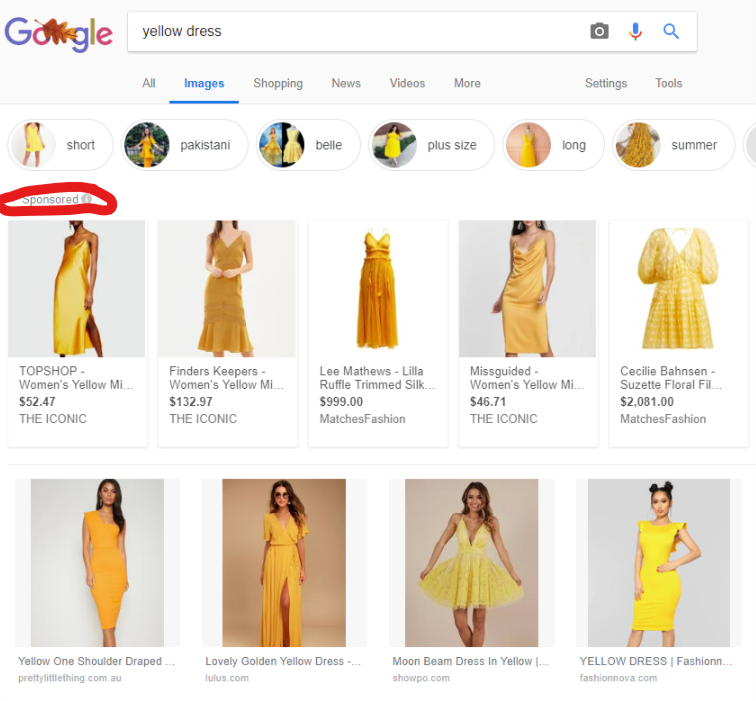Google Ads continue to offer users, and sometimes force users, simplified functionality in the interface. It often helps less savvy advertisers get more reach, but it doesn’t always help “power users” like agencies squeeze the most out of their campaigns. For example Google just forced all Google Shopping to display in Google Images, whether you like it or not.

Google just forced all Google Shopping to display in Google Images, whether you like it or not.
Google Shopping is the most widely used and most effective channel for ecommerce marketers in Australia. Lets explore how simplified setup and functionality have effected performance in the Google Shopping world.
WHAT TYPES OF GOOGLE SHOPPING CAMPAIGNS CAN I RUN?
1. MANUAL GOOGLE SHOPPING CAMPAIGNS (THE LEGACY ONES):
These are the original ones that require you to import your feed of products from Google Merchant Centre, and then manually break your feed apart, and include or exclude products based on their performance. It gives ultimate control, but is very tedious and time consuming to administer.
Unlike the “Goal Optimise” campaign below, It will also not automatically take care of your dynamic retargeting on Google, again costing you time, but gaining you control over budget.
2. NEW “GOAL OPTIMISE” GOOGLE SHOPPING CAMPAIGNS
These will automatically take your feed from Google Merchant Centre, and create one campaign that will contain your Google Shopping and Google Dynamic Retargeting. You can’t exclude any product you want, but only at a BRAND level, which is a real disadvantage. Also, you cannot set individual bid prices per product on this type of campaign. You are putting faith in the Google “machine learning” algorithm to optimise the maximum ROAS. It can be a major time and skill saver, especially if you are not an analytical person.
Watch outs:
- This campaign is a bit of a black box in the Google Ads interface. You won’t even really be able to see how much of the spend is automatically going to Google Shopping, and how much is going to dynamic retargeting. Use Google Analytics to understand how much spend is going to each.
- You may even find that Google is running regular display spend (not all to your retargeting audience), something that is unlikely to convert as well as the rest of the traffic.

Google Shopping is the best performing channel for ecommerce marketers
CONCLUSION:
We actually find that the old style manual Google Shopping campaigns usually beat the new automated “Goal Optimised” Google Shopping campaigns on ROI. Feel free to test both yourself. That being said, if you are time poor or lack access to the ongoing analytical skills, then the new “Goal Optimise” Google Shopping campaigns can be a useful inclusion to your digital marketing program.
Need help with Google Shopping campaigns? Ask Nimbull for a free discovery session today.


